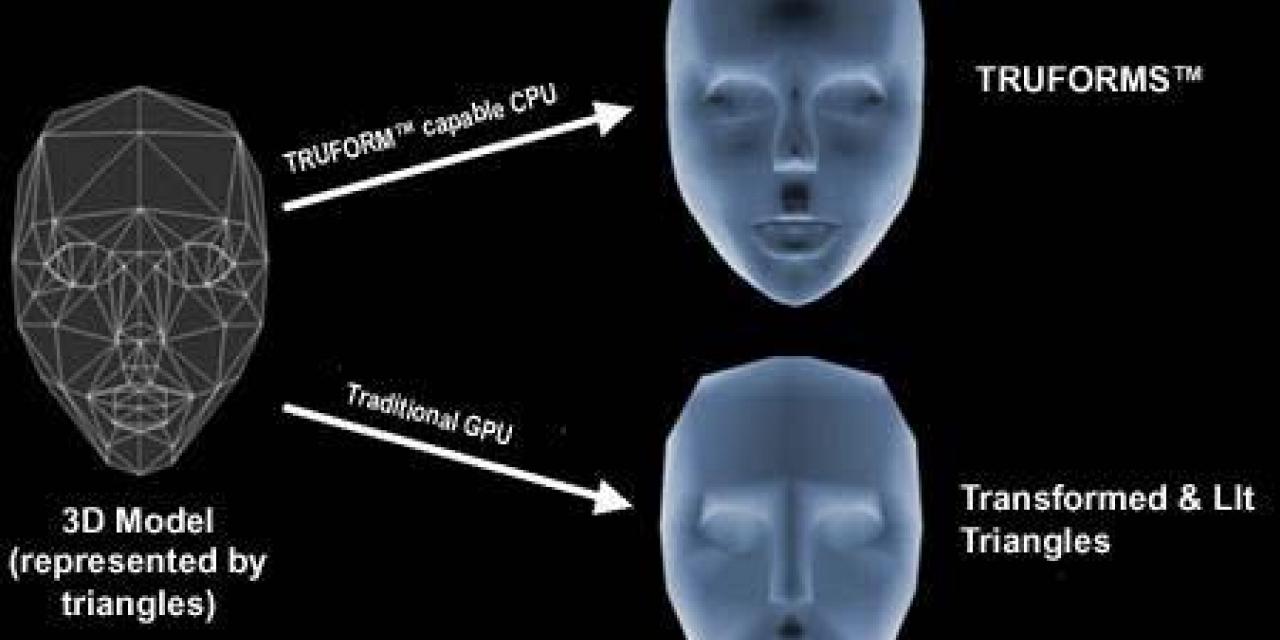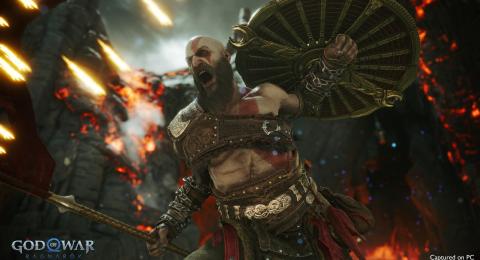
ATI have just about had it with NVidia, or at least that is what their most recent move shows. Their upcoming chip, expected to be released in September, will essentially ask game developers to choose whether to support ATI or NVidia cards. ATI SmartShader rendering will use Pixel Shader 1.4, a new technology in Microsoft's DirectX 8.1 multimedia standard. NVidia supports Pixel Shader only through version 1.3.
In a recently released and highly controversial white paper, available on the ATI home page, it is claimed that the main difference is that Pixel Shader 1.4 lets graphics chips render up to six textures in a single pass instead of four. NVidia counters that the GeForce3 can render six textures, although it takes more than a single pass.
If a choice of board has to be made NVidia seems confident that its chipset will emerge victorious:
"We're pretty confident that developers are going to support our architecture. I say that because we've had a lot of overwhelming support and excitement," says Geoff Ballew, product manager for the GeForce3 at NVidia.
In reply ATI's technical marketing manager of desktop marketing David Nalasco says:
"We believe NVidia is attempting to spread misinformation about our SmartShader technology in an effort to protect their perceived technology leadership in 3D graphics,"
It is obvious that the gloves are off and full scale war is about to erupt. The usual victim, the consumer, may have to soon decide whether to own both cards in order to be able to play all available games.








